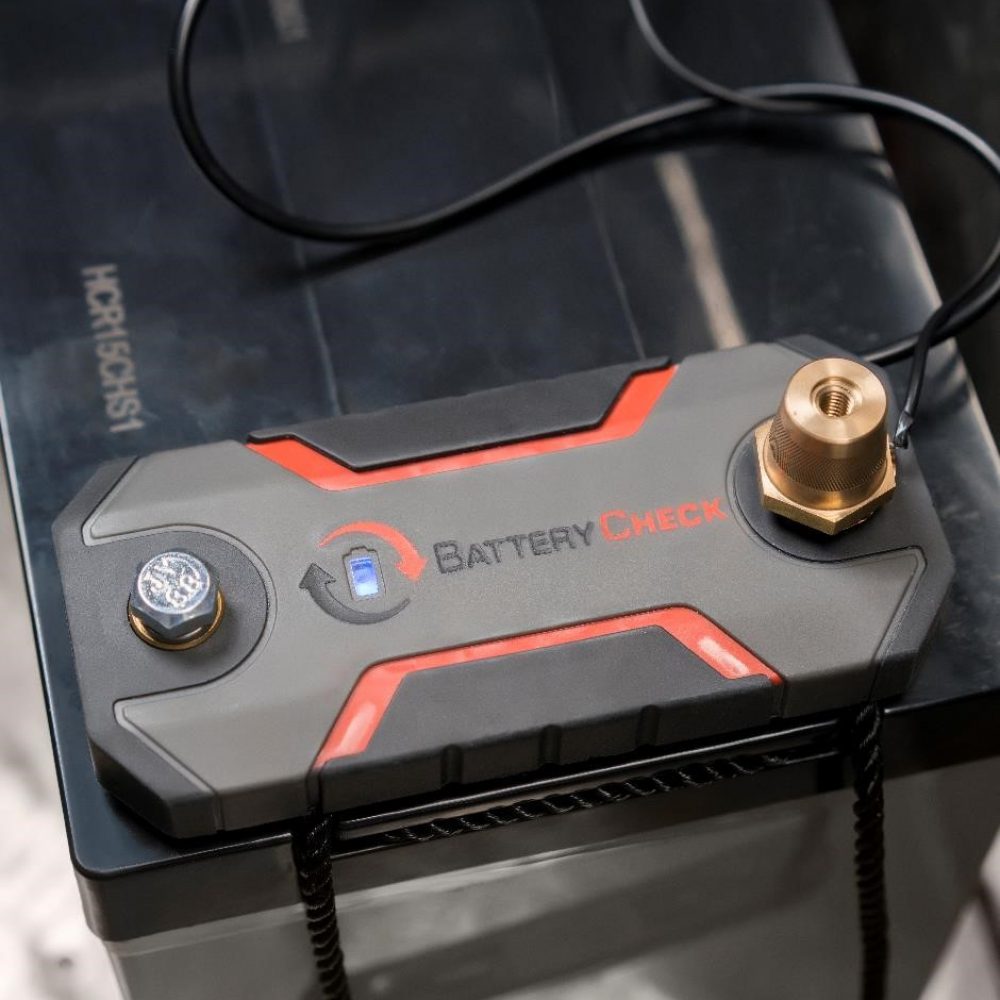Battery Basics
Batteries are a major component of a Recreational Vehicle (RV), particularly those set up for independent living and remote country travel. In some ways batteries have changed much over the last decade or so, but in others things have remained much the same. For instance, a lead acid battery is still a lead acid battery and things like Peukert’s Law, established at the end of the 19th century, are still relevant. Most RVs still have a 12V system, while others have started using 24V.
As far as RVers are concerned there are two battery types – those used for starting engines and those used for everything else. The starter batteries are designed for high current, short time operation, whilst deep cycle (and derivative) batteries are used for everything else. Deep cycle batteries are available in three different forms: flooded, gel cell and AGM.
FLOODED
Flooded deep cycle batteries are built in much the same way as conventional car starter batteries – the lead plates are suspended in wet acid, but thicker plates are used to withstand repeat cycling. The reason for the thicker plates is they do not buckle under extended battery discharge.
GEL CELL
Different from the flooded variety, gel batteries have plates that are held in an immobilised gel, making them very robust and resistant to spill. A problem that gel batteries have is that they are more sensitive to voltage spikes than other batteries and should be charged at 14.4V, thus requiring a dedicated charger. In terms of cost, they sit between flooded and AGM batteries.
AGM
Absorbed Glass Mat (AGM) batteries were originally developed for the military and have an absorbed glass fibre mat that sits suspended in an electrolyte. Like gel batteries, they are fully sealed and designed to be maintenance free, and also designed to withstand mechanical handling or something like vibration on corrugated roads. And also like gel batteries, they are sensitive to heat in locations like under the bonnet of a car. Of all the deep cycles, AGM batteries have the lowest self-discharge rate.
LITHIUM
The new kid on the block, at least for RVs, are lithium-ion (LiFePO4) batteries. Undoubtedly, their prime advantage is that their output voltage remains constant even when down to 10-20 per cent of their charge. For a given output, they are lighter and smaller than conventional deep cycle batteries. They can also be charged and discharged at a relatively high current. However, avoid fitting lithium batteries into an existing system without considering all other components. Unlike other batteries which can be monitored as a single entity, each cell in a lithium battery must be monitored individually because one cell being fully charged will cease the charging current to all cells. Therefore, lithium batteries do require a dedicated charger/monitor and are at this time very expensive.
Battery location
In some quarters, the jury seems to be still out on using sealed batteries in confined locations, although most manufacturers consider it quite safe. However, the verdict is much clearer for flooded battery types that are not sealed and from where hydrogen can escape. They should never be used in confined locations – a well-vented area like an engine bay or external bin area is de rigueur.
Parallel operation of batteries
Batteries can be operated in parallel, that is to double their load capacity but there are a few ifs and buts. In particular, the batteries should be of the same type (i.e. both AGM), of the same rating, (i.e. 100Ah) and of the same age. Anything else may be detrimental to either battery and reduce battery life overall.
Like this Post? Share it!




